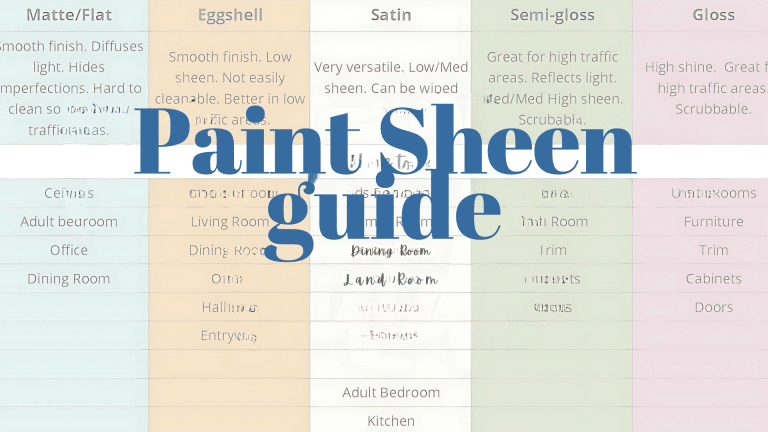Things to Think About When Considering Alternative Construction for Your Business
In the world of business construction, traditional methods are not the only option. More and more businesses are turning to alternative construction methods, seeking solutions that are more cost-effective, sustainable, and quicker to complete.
Whether you’re a startup looking for your first space or an established business looking to expand, considering alternative construction for your business might be the best decision you can make.
This article will walk you through the essential things to consider when looking into alternative construction, from the benefits to the different methods available.
What is Alternative Construction?
Alternative construction refers to any building technique that deviates from traditional stick-frame construction. While the traditional approach uses wood framing and standard materials, alternative methods might incorporate materials like steel, concrete panels, or modular units. The idea behind alternative construction is to offer more flexibility in terms of cost, speed, sustainability, and design.
These methods have grown in popularity due to their versatility and ability to meet specific needs—be it for larger commercial spaces or more eco-friendly solutions. Today, businesses have access to several alternatives to traditional construction that can be tailored to different types of companies, budgets, and timelines.
Benefits of Alternative Construction
Why are so many businesses opting for alternative construction? There are several reasons why these methods might make more sense compared to the traditional approach. Below are some key benefits that many business owners find appealing.
Cost Savings
One of the most significant advantages of alternative construction is cost savings. Traditional construction methods often come with high labor and material costs, especially in today’s economic climate. In contrast, many alternative methods, such as modular construction, use prefabricated components, which can significantly reduce labor costs and shorten the construction timeline.
Materials used in alternative construction are also often more affordable or readily available. For example, post-frame buildings (often referred to as commercial pole buildings) typically use fewer materials compared to conventional framing, reducing overall costs. This can be especially beneficial for small to medium-sized businesses that need to keep initial costs low but still want a sturdy, reliable structure.
Faster Build Time
Construction delays are a common headache for many business owners. Alternative construction methods like modular buildings or prefabricated components often allow for a much quicker build time. With modular construction, entire sections of the building are manufactured off-site and then assembled on location. This means that while the site preparation happens, the building itself is being constructed, saving valuable time.
For businesses with tight deadlines or those in industries that need to move quickly, opting for an alternative construction method can lead to faster occupancy and faster time-to-market.
Sustainability and Eco-Friendly Options
In today’s business environment, sustainability is not just a buzzword. It’s a necessity. Many alternative construction methods are more eco-friendly than traditional techniques. Materials like steel, recycled components, or even straw bales can be used to create more energy-efficient and environmentally responsible buildings. Additionally, methods like post-frame construction can be more energy-efficient, as they often involve better insulation and less waste.
As businesses increasingly focus on reducing their carbon footprint, using alternative building methods allows them to make a positive impact on both the environment and their long-term operational costs.
Key Factors to Consider Before Making a Decision
Before you jump into alternative construction, it’s essential to consider a few critical factors that will guide your decision. While these methods offer many advantages, they might not be right for every business or every location.
Location and Zoning Regulations
Before you even start thinking about the type of construction you want, make sure you are familiar with local zoning laws and building codes. Some municipalities might have restrictions on the types of materials or methods you can use, and others might require certain permits before you can begin construction. Failing to understand local regulations could lead to costly delays, so always research this aspect early in the planning process.
Space Requirements and Business Needs
Every business has unique space requirements, and not all alternative construction methods are suited for every need. For example, if you need large, open floor plans for warehouses or manufacturing spaces, post-frame buildings may be an ideal choice. If you’re looking to build a retail or office space with sleek, modern finishes, modular construction might offer better results.
Consider your long-term needs as well. While some alternative methods are easier to modify and expand, others may limit future growth potential. Always think about how the space will evolve as your business grows and how well the building method you choose can adapt to these changes.
Long-Term Value
Another consideration is the long-term value of your building. While alternative construction may save you money upfront, it’s important to ensure that the building you choose will continue to serve your business well for years to come. Some alternative methods, like steel-frame construction, can offer significant durability and longevity, whereas others might require more maintenance down the line.
Make sure to consider the materials and structure of the building to assess the long-term investment. This can affect everything from property resale value to operational costs, such as heating and cooling.
Maintenance Costs
Some alternative construction methods might come with lower upfront costs but higher long-term maintenance expenses. For example, while post-frame construction offers an affordable and durable option, ensuring that the building is properly maintained—especially when it comes to roofing and insulation—can be an ongoing cost. When considering a construction method, factor in these maintenance costs over the lifespan of the building.
Types of Alternative Construction Methods to Explore
There are a variety of alternative construction methods available, each with its unique benefits and challenges. Here’s a look at some of the most popular options.
Post-Frame Buildings
Post-frame construction, sometimes called commercial pole building, is an efficient and cost-effective method that uses large, vertically placed poles to support the building structure. It is ideal for businesses that need wide open spaces, such as warehouses, agricultural buildings, or manufacturing facilities. Post-frame buildings are durable, energy-efficient, and can be customized to suit your business’s needs.
Modular Construction
Modular construction involves prefabricating entire sections of a building off-site and then assembling them on location. This method is particularly effective for businesses looking to set up office buildings, retail spaces, or even medical facilities in a short amount of time.
Steel Frame Construction
For heavy-duty operations or businesses that require significant durability and security, steel frame construction might be the best choice. Steel is incredibly strong and can support large amounts of weight, making it ideal for industrial or commercial spaces where safety and structural integrity are paramount.
Eco-Friendly Construction
Eco-friendly alternatives like straw bale buildings or recycled materials are gaining popularity as businesses look for more sustainable options. These buildings are designed to reduce environmental impact and can often provide long-term savings through energy efficiency and lower utility bills.
How to Choose the Right Construction Method for Your Business
To choose the right construction method, start by evaluating your space needs, budget, timeline, and future growth potential. Consult with professionals to determine which method aligns best with your objectives. It’s also essential to ensure that the building method you choose complies with local zoning laws and regulations.
Conclusion
Opting for alternative construction methods can be an excellent way for businesses to save money, build faster, and go green. By understanding the benefits and key considerations of methods like post-frame buildings, modular construction, and eco-friendly options, you can make an informed decision that will support the long-term success of your business.
Take the time to assess your needs and consult with experts to find the best solution for your space, budget, and goals. The right choice could set the foundation for your business’s growth for years to come.







